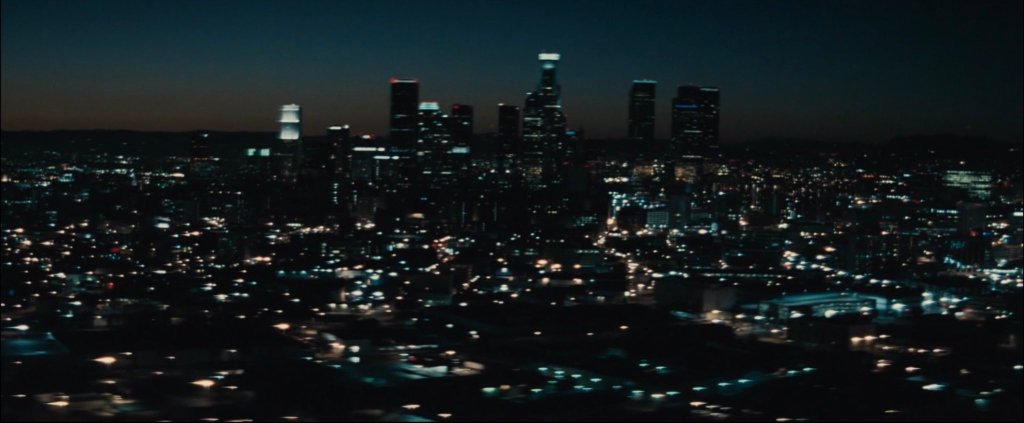A movie written by a novice screenwriter better known as a film critic; a director best known for his X-rated titillating features; and a cast renowned for their cup sizes rather than their acting talent.
By rights, Beyond the Valley of the Dolls should be a disaster. And yet, this 1970 film was a financial success for 20th Century Fox upon its release, while its critical appreciation has only grown over the decades.
Written by Roger Ebert and directed by Russ Meyer, who came up with the story with Ebert, Beyond the Valley of the Dolls is the stylized tale of Kelly (Dolly Reed), Casey (Cynthia Myers), and Pet (Marcia McBroom), three free-loving “hippies,” who move to Los Angeles to pursue their dreams of rock and roll stardom. Upon their arrival, they’re immediately sucked into the world of rock impresario, Ronnie “Z-Man” Barzell (John LaZar), who christens the group The Carrie Nations and sends their music up the charts. Along the way, the women are caught up in the world of sex, drugs, and rock and roll, in all of its X-rated glory.
Prior to Beyond the Valley of the Dolls, Russ Meyer had worked outside the studio system, making his name with movies like The Immoral Mr. Teas, Vixen!, and Faster, Pussycat! Kill! Kill!, independents films of varying degrees of success; the latter became one of the prime examples of the Meyer female archetype – statuesque, buxom women in power positions. Ebert, meanwhile, was the film critic at the Chicago Sun-Times and had never written a screenplay before Meyer asked him to collaborate.
Originally set to be a sequel to 1967’s Valley of the Dolls, Meyer and Ebert instead crafted a thematic send-up of the original (for legal purposes, the film’s opening would feature on-screen copy clearly stating that Beyond the Valley of the Dolls was inspired by the first movie but was not a direct sequel). Seeing as neither Meyer or Ebert were a part of the scene they were depicting, the Los Angeles of their film is in many ways the embodiment of the dreams that brought the aspiring to the city. The duo’s L.A. scene is drug and sex-fuelled parties, lascivious, barely-clothed women and nefarious, buttoned-up lawyers looking to make a buck; hedonism around every corner.
The party at Z-Man’s house is perhaps the defining moment of Beyond the Valley of the Dolls. Set to a psychedelic score provided by Strawberry Alarm Clock, best known for their hit single “Incense and Peppermint” and whose guitarist, Ed King, would later become a founding member of Southern Rock legends Lynyrd Skynyrd. director Meyer does a remarkable job of depicting the film’s theme of freewheeling indulgence; sex is happening in every room, both gay and straight; weed, booze, and pills are offered up to everyone for the taking; women are dancing naked on the main floor. The scene also does a strong yet subtle job of casually introducing the Los Angeles scenesters who will impact our three leads, including porn star Ashley St. Ives (Edy Williams), lothario Lance Rocke (Michael Blodgett), and aspiring lawyer Emerson Thorn (Harrison Page).
While Ebert and Meyer’s story was an original creation, and their version of Los Angeles derived from their own thoughts and dreams, a few choice aspects of Beyond the Valley of the Dolls were inspired by real life. Ronnie “Z-Man” Barzell is based on music producer Phil Spector, the creator of the Wall of Sound and auteur behind hits like “Be My Baby” and “Then He Kissed Me,” while the film’s climax at Z-Man’s estate, a late edition to the film’s script, was inspired by the Tate-LaBianca killings at the hands of the Manson Family in the summer of 1969.
There’s long been a debate as to the whether or not Beyond the Valley of the Dolls is actually a good film. Good is often in the eye of the beholder, but this particular movie can be quite divisive. Those of us who have fallen under its spell love it for the soundtrack and melodrama and the fact that it feels like its own unique thing. The first time I encountered Beyond the Valley of the Dolls was on a late night Canadian cable channel, and I can recall wondering what it was I was seeing. And yet, I kept watching, and when it would show up on the same channel on the regular, I could never look away. Years later, I added the Criterion Blu-ray to my collection, and still find myself always just a little surprised that a film like this exists.
And then I turn up the volume, get into the happening, and freak out.


Leave a comment